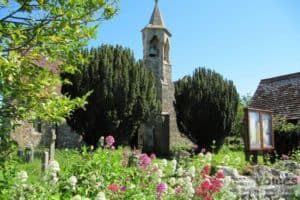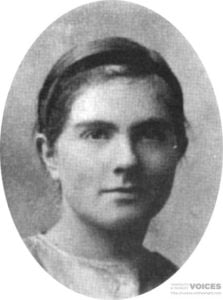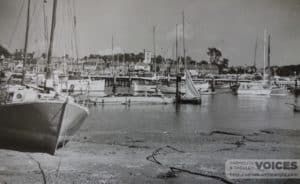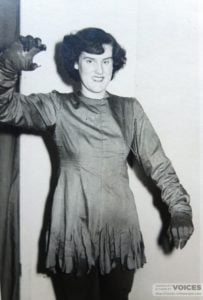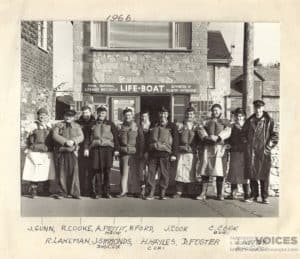Living off the land
Joy Cotton used to come out from Yarmouth with me. There was a sort of a pond at the edge of Thorley Brook where we picked watercress.
One day when we’d just moved in here, I found some wild gooseberries in the hedge at the end of the houses. They weren’t very big but they tasted lovely. Eileen Smith nee Lansdowne b 1921
With a bit of effort it was possible to scramble up to pigeons’ nests and get their eggs, which were good to eat when boiled up in a tin can with potatoes on a campfire.
Near the old Wellow Brickyard (if you were lucky you could find some bricks with Wellow stamped on them) were some ponds where moorhens nested. They laid lots of eggs and were also good to eat. The secret was not to take all of the eggs, but take less than half, so that the moorhen would lay some more, and you could come back again in a few days time for a few more!
There were other good things to eat around Thorley if you knew where to look. Plenty of mushrooms in the autumn, masses of blackberries there for the picking, and delicious apples from Charlie Bryne’s garden just across the road from our house. It was always tricky getting these, as the tree was in full view of his house. You had to try and work out if he was in or not before you sneaked in. If he was in he’d come hollering and shouting at you, and he had a very loud voice so it was all a bit scary! Peter Smith b 1946

